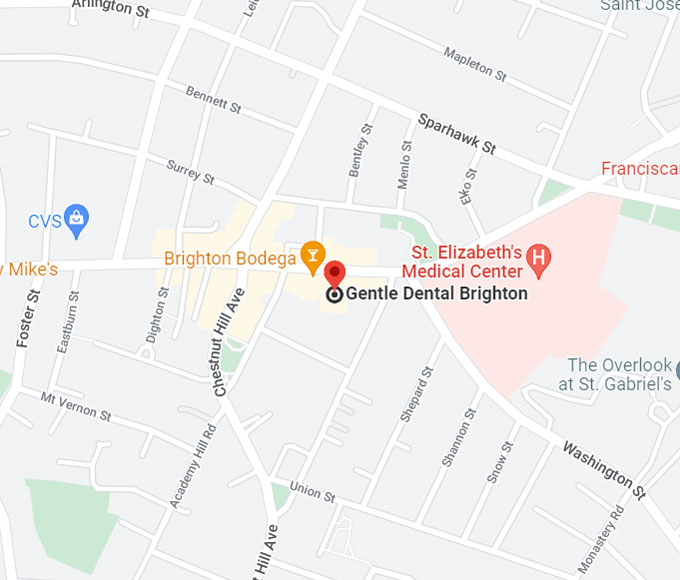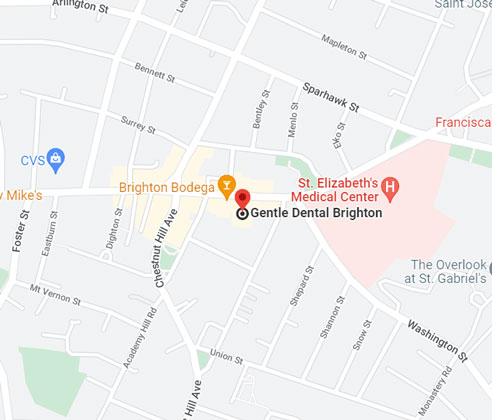Understanding Dental Veneers
What Are Dental Veneers?
Dental veneers are thin, custom-made shells bonded to the front surface of your teeth to improve their shape, color, size, and alignment. They provide a durable, natural-looking enhancement for a more harmonious smile.
The Purpose of Veneers
Veneers are designed to address cosmetic concerns such as deep discoloration, worn or eroded enamel, chips and cracks, small gaps (diastemas), minor misalignment, and uneven or misshapen teeth—delivering an immediate smile upgrade.
How Veneers Differ from Other Options
Unlike tooth whitening (which only brightens color) or bonding (which is more prone to wear and staining), veneers offer a transformative, long-term cosmetic solution that combines aesthetics with durability.
Types of Dental Veneers Available in Brighton
Composite Veneers
- Material: Tooth-colored resin that blends with surrounding teeth.
- Timeline: Quicker, often completed in a single visit.
- Best for: Minor cosmetic adjustments and budget-conscious treatment plans.
Porcelain Veneers
- Material: High-quality ceramic crafted by a dental laboratory.
- Performance: Highly durable and stain-resistant with lifelike translucency.
- Outcome: The most natural and long-lasting esthetic results.
Advantages of Choosing Dental Veneers
- Aesthetic transformation: Whiter, straighter, more symmetrical smile.
- Durability & strength: Porcelain veneers resist staining and can last 10–20 years.
- Confidence boost: Smile freely without worrying about chips, stains, or gaps.
- Low maintenance: Simple care with routine brushing, flossing, and checkups.
- Minimally invasive: Requires less enamel removal than full-coverage crowns.
Composite Veneers – Pros and Cons
Pros
- Lower cost compared with porcelain.
- Quick, same-day application in many cases.
- Conservative preparation and easy to repair if damaged.
Cons
- Less durable than porcelain alternatives.
- More prone to staining over time.
- Typically shorter lifespan (about 5–7 years with proper care).
Porcelain Veneers – Pros and Cons
Pros
- Superior esthetics with natural translucency and shine.
- Highly durable and resistant to stains from coffee, tea, and wine.
- Long lifespan with proper care (often 10–20 years).
Cons
- Higher initial cost than composite veneers.
- Usually requires multiple visits for lab fabrication and fitting.
- Irreversible procedure due to minimal enamel removal.
The Process of Getting Dental Veneers in Brighton
Initial Consultation
Your dentist performs a comprehensive exam, evaluates oral health and bite, discusses cosmetic goals, and reviews shade and shape preferences. Photos and digital scans may be taken for smile design.
Preparation
A minimal amount of enamel is reshaped to ensure an ideal fit and natural profile. Impressions or digital scans are sent to the lab for custom fabrication (for porcelain) or used chairside (for composite).
Temporary Veneers (if needed)
Temporaries protect prepared teeth and let you preview length and shape while the final porcelain veneers are crafted.
Final Placement
The dentist checks the fit and shade, then permanently bonds the veneers using dental cement and curing light. Final adjustments are made to optimize comfort and bite.
Aftercare & Maintenance
Maintain results with regular cleanings, daily brushing and flossing, and a nightguard if you grind your teeth. Avoid using teeth to open packages or bite very hard objects.
Are Dental Veneers Right for You?
Ideal Candidates
- Healthy teeth and gums with no untreated decay or active gum disease.
- Patients seeking to correct stains, chips, cracks, gaps, or minor misalignment.
- Individuals who want long-lasting, natural-looking cosmetic results.
Common Concerns
- Overall treatment cost and number of teeth to treat.
- Permanence due to minor, irreversible enamel removal.
- Short-term sensitivity that typically resolves after placement.
Alternatives to Veneers
- Teeth whitening: For discoloration without shape changes.
- Dental bonding: For small chips, gaps, or localized stains.
- Orthodontics/aligners: For alignment and bite corrections.




